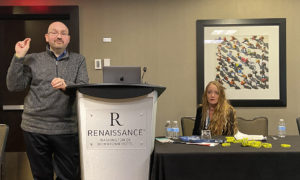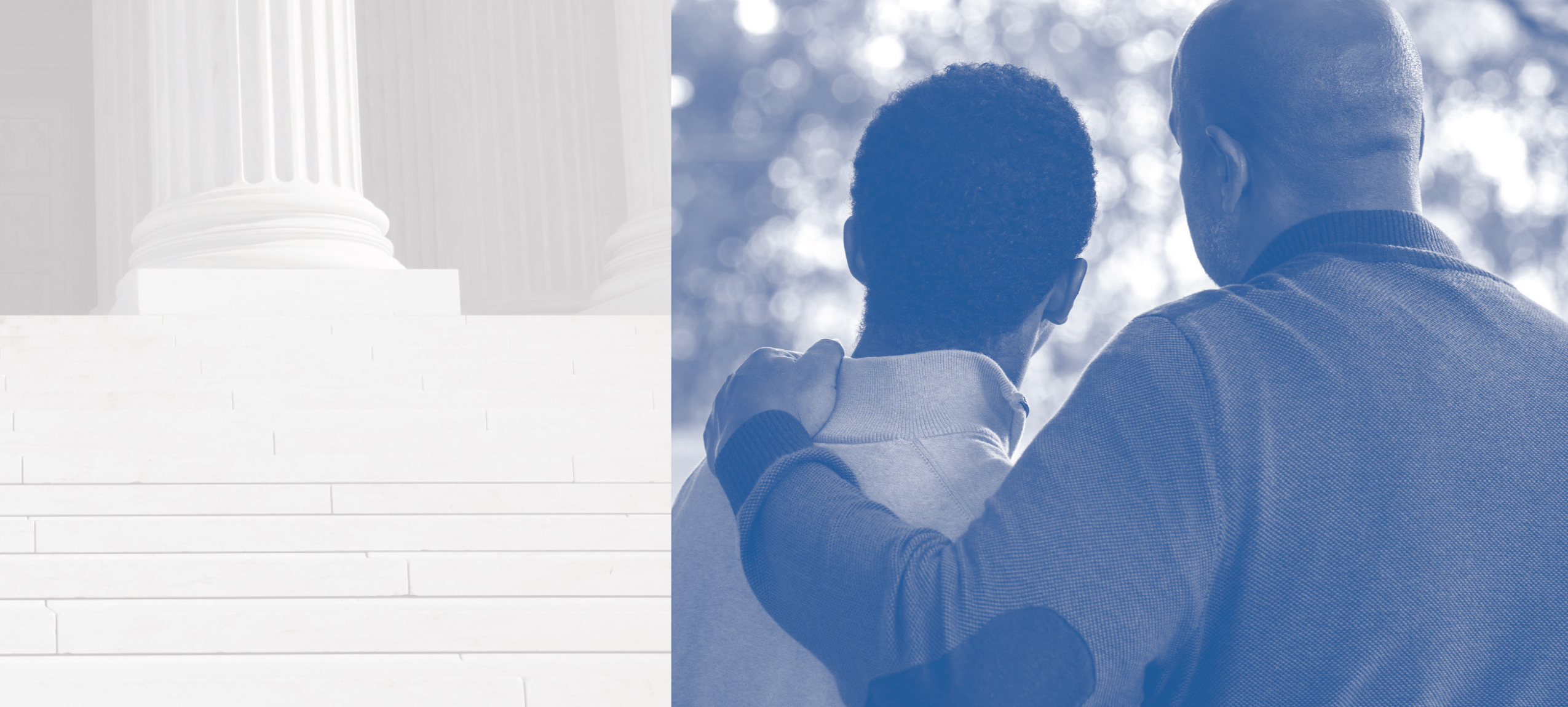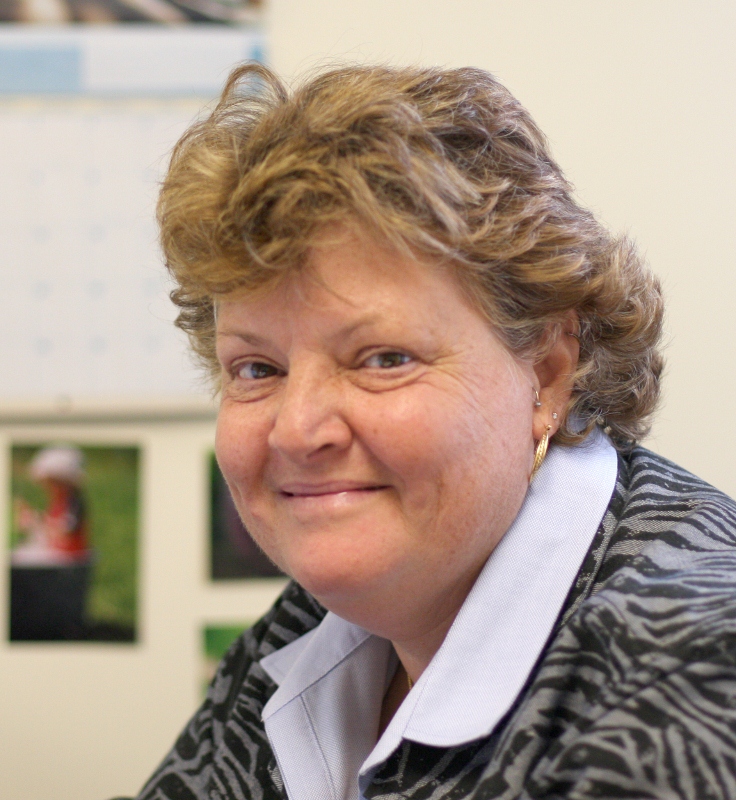 Adolescence is a critical time to prevent initiation of substance use, but unfortunately, adolescent substance use is typically only addressed once it has already become problematic. Adolescents who begin using drugs or alcohol before age 15 are four times more likely to develop a substance use disorder than those who begin use after age 21. And, as you know, adolescent substance use in general is associated with devastating health and social problems, such as automobile accidents, injuries, poor academic performance, delinquency, HIV/STDs and even suicide.
Adolescence is a critical time to prevent initiation of substance use, but unfortunately, adolescent substance use is typically only addressed once it has already become problematic. Adolescents who begin using drugs or alcohol before age 15 are four times more likely to develop a substance use disorder than those who begin use after age 21. And, as you know, adolescent substance use in general is associated with devastating health and social problems, such as automobile accidents, injuries, poor academic performance, delinquency, HIV/STDs and even suicide.
In an effort to identify early use and risk, the Treatment Research Institute is working with Mount Sinai St. Luke’s-Roosevelt Hospital and the New York State Office of Alcohol and Substance Abuse Services to bring SBIRT (Screening, Brief, Intervention and Referral to Treatment) services into three school-based health centers serving New York City high schools. The services began in January and will continue until June 2017.
SBIRT is a scientifically validated, nationally recognized approach to screening for and addressing alcohol and other drug problems — used within medical and other settings. By making SBIRT more widely available to adolescents in contexts that naturally make sense, the organizations leading this effort are working to prevent or reduce substance use among adolescents. By using the strategy in schools, they are also addressing the subsequent health problems and associated behavioral and educational problems that impact schools in general such as truancy and dropout rates.
This study, which is part of a broad initiative by the Conrad N. Hilton Foundation to reduce youth substance use, is testing and comparing two programs that are designed to provide screening and education within high school-based health centers. SBHCs are an ideal setting to offer SBIRT services, as they provide comprehensive health care and often serve as the primary care provider for many students. SBHCs are independently operated health clinics embedded in schools that students can access for things such as annual physicals, vision and hearing screening, treatment of acute or chronic health problems, emergency care and/or first aid, mental health services and reproductive services.
Students who attend an appointment at one of the health centers complete a health and wellness survey that includes screening for substance use. Students with no to low levels of use then have the opportunity to participate in one of the two prevention and early intervention programs. One program provides students with a basic informational pamphlet and education on substance use and misuse from a counselor. This counseling session includes clear encouragement to curtail any current use or to avoid any initiation of substance use.
The other program presents educational substance use prevention videos on a computer and provides discussions with a health center counselor. The videos include engaging, animated features and tailored narrators based on the student’s gender. Topics covered in the videos include: alcohol poisoning and what to do if someone experiences alcohol poisoning; dangers of excessive substance use; peer pressure; and calculating blood alcohol content. Each video shows common scenarios that an adolescent may encounter (like being offered alcohol or marijuana at a party), and presents factual information about the risks of using. The videos also suggest alternatives to using alcohol or other substances, and show teenage characters deciding to not use.
Students in both programs return to the SBHC every six months to be re-screened, receive additional interventions and/or complete online assessments that determine substance use and problematic behavior at school.
So far, this model has been well-received by school administrators and staff who have long understood the effect that substance use has on their students’ ability to achieve their goals. Students seem to be accepting and receptive of the program and the counseling sessions. Adolescents are naturally tech-savvy, so the students are willing to use the online assessment.
When the study concludes next year, the student assessments will be reviewed and their risk profiles will be evaluated to learn more about if and how the intervention curbed or reduced substance use.
If this SBIRT program is effective, it could reduce the incidence of substance use initiation or reduce incidence of escalation of substance use, and it could reduce instances of school delinquency, such as truancy and tardiness. Students, their parents and schools systems could all benefit. So far, the three schools have established substance use screening as a standard protocol in the health centers. This is a financially self-sustaining program that implies lasting impact and continuous influence, and can increase overall community success in prevention.
Carolyn Carpenedo, MHS, is the section coordinator of Behavioral Treatments and Applications at the Treatment Research Institute. She has 10 years of experience coordinating community-based clinical trials related to substance abuse and addiction.
Jaclyn Chambers, MSW, is a research coordinator at the Treatment Research Institute. She has managed several randomized controlled trials examining substance abuse prevention and intervention in clinical settings.
Youth Today’s coverage of substance use and prevention among youth was funded in the past year by a grant by the Conrad N. Hilton Foundation.





























